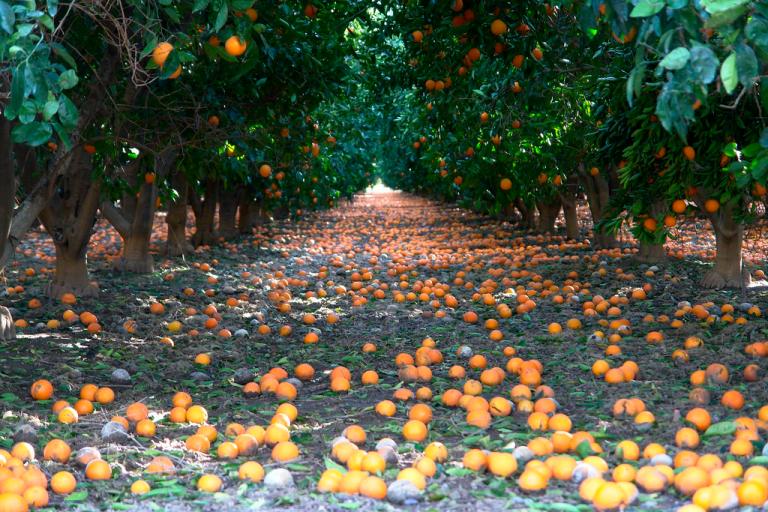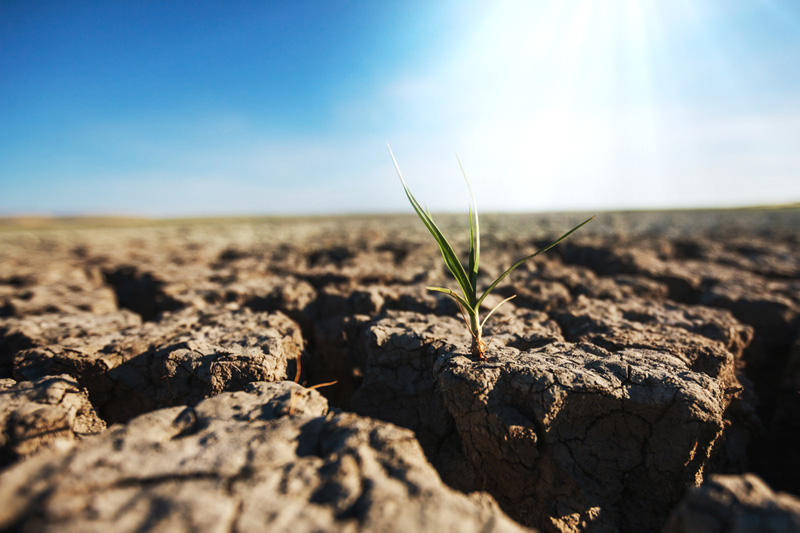
ShutterstockDrought eradicates the green.
The 2012 megadrought was the worst since the Dust Bowl. Initial measurements suggest that it was responsible for a significant drop in the country’s economic growth in the middle of the year as corn prices spiked and farmers struggled to make ends meet.
Which will be easier to accomplish given the government’s likely $16 billion crop insurance payout. From The New York Times:
The Agriculture Department, which runs the program, said that the total losses from crops harvested last year would not be known for weeks, but that costs from the program were estimated to be $15.8 billion, up from $9.4 billion in 2011.
Separately, a record $11.4 billion in indemnities for crop losses has been paid out to farmers, and officials say that number could balloon to as much as $20 billion. In 2011, a then-record $10.8 billion was paid out in indemnities.
We’ve written about this insurance program before, of course, particularly during last year’s aborted attempt to pass a new farm bill. In brief, “while ‘crop insurance’ certainly sounds innocent enough, the term is being stretched beyond its traditional meaning. Like the name implies, some crop insurance does cover disaster relief, but the latest form also ‘insures’ (mostly large) farms against revenue loss.”
The economics of the program get trickier still.
Today, the government pays about 62 percent of the insurance premiums. The policies are sold by 15 private insurance companies that receive about $1.3 billion annually from the government. The government also backs the companies against losses.
Government documents show that taxpayers have paid nearly $7 billion so far to subsidize premiums for 2012. The documents also show that taxpayers could pay another $7 billion to underwrite losses by the insurance companies and other costs.
“Essentially, taxpayers are hit twice by the cost of the program,” said Bruce A. Babcock, an agriculture economist at Iowa State University.
What’s most alarming is that the need to bolster agriculture — and there is a need to provide support to agriculture — will only become more urgent. The government’s recent draft report on the effects of climate change suggests that the country’s agricultural regions will see more extremes, including more frequent droughts. Even without that inevitability, the government expects crop insurance to cost $94 billion over the next 10 years. If last year’s drought continues, or another equally severe drought happens, those projections will prove to be far too low.
There’s no easy answer to the problem. While we should certainly stem abuse of the insurance program, preventing widespread bankruptcies by food-growers is essential. That job will likely only become harder — and more expensive.




